The Balearic islands had been a pioneer in the tourism industry since 1960s. The tourism model from them has been spread out to the world due to its international tourism traffic. They are still attracting high amount of international tourists and tourism is still the engine of the local economy. In this context, tourism is the crucial sector under transformation and can set a good model in the tourism industry.
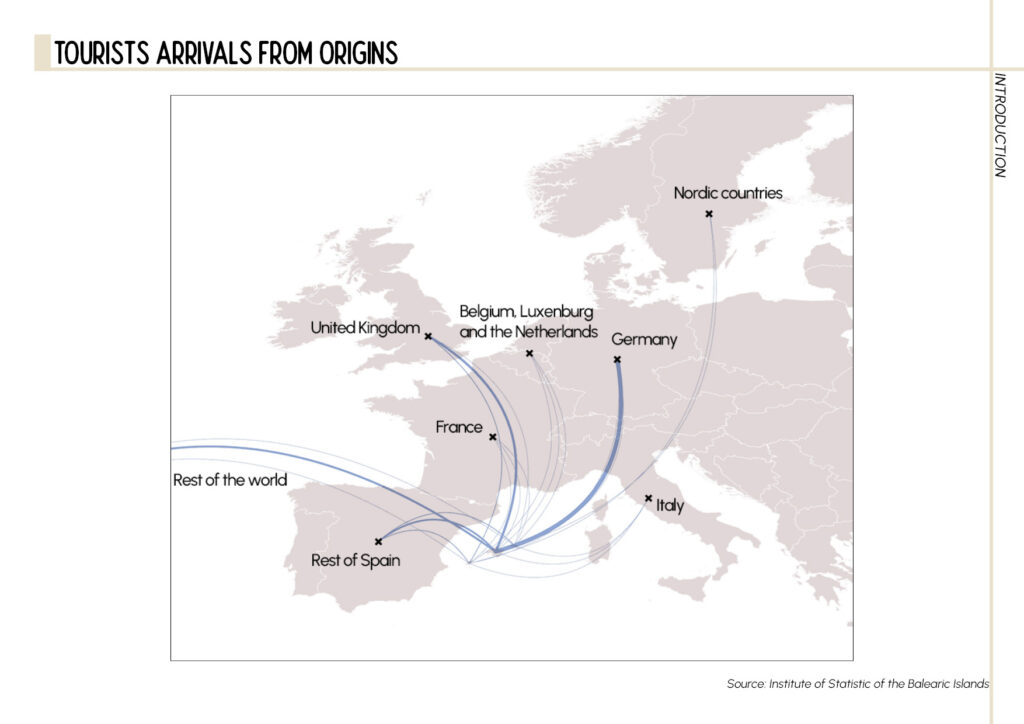
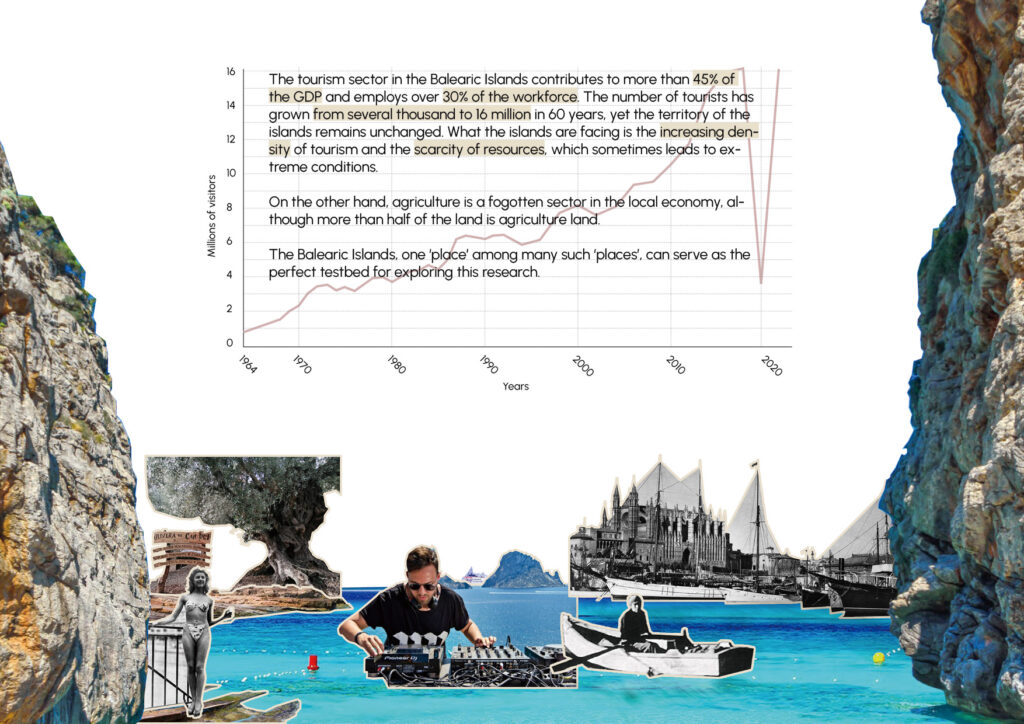
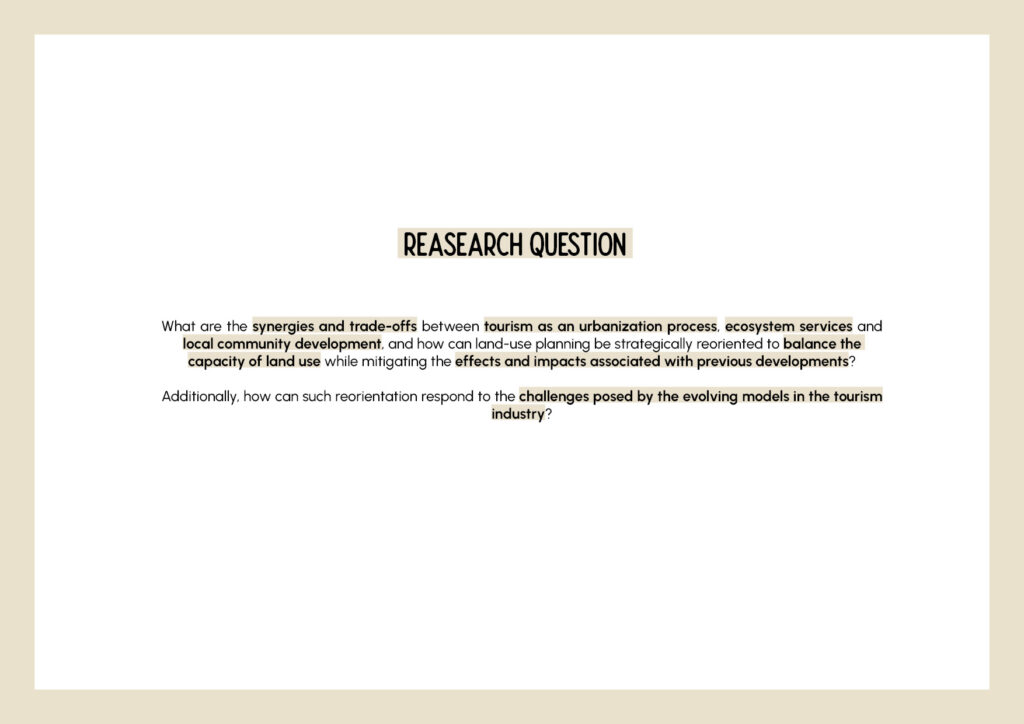
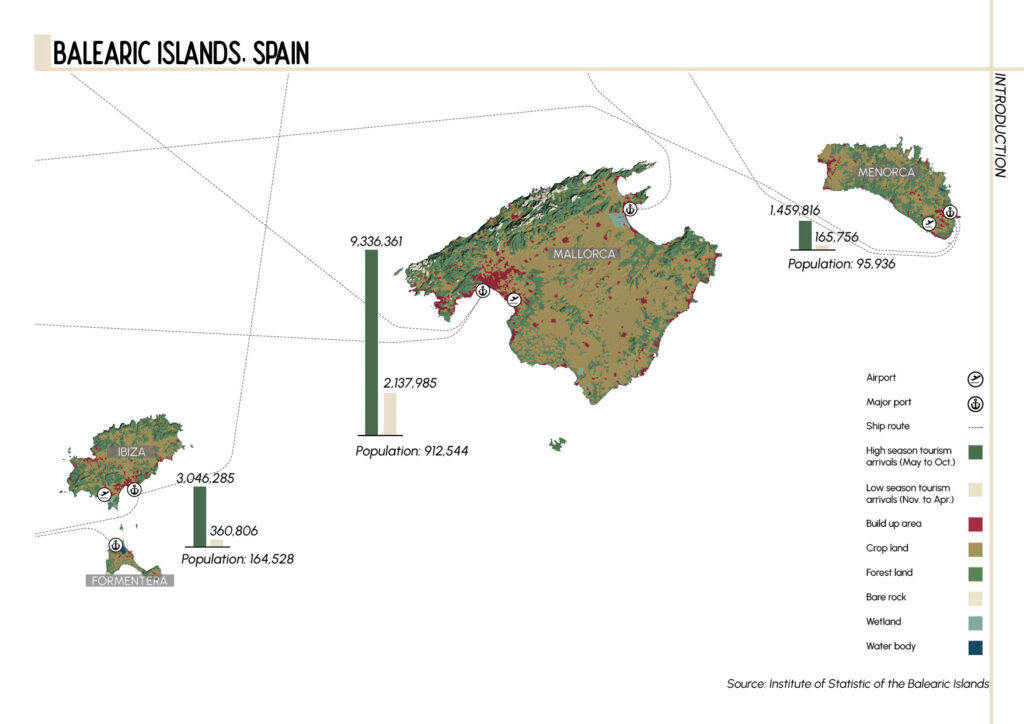
The tourism arrival in Balearic islands has a big seasonal variation, Mallorca attracts the most tourists among the four islands. Tourism is a crucial sector in the islands but the landscape is also largely occupied by crop land and pasture land, which has taken up to 55% of the territory. However, the agriculture sector is missed in the discussion of the local economy and livelihood.
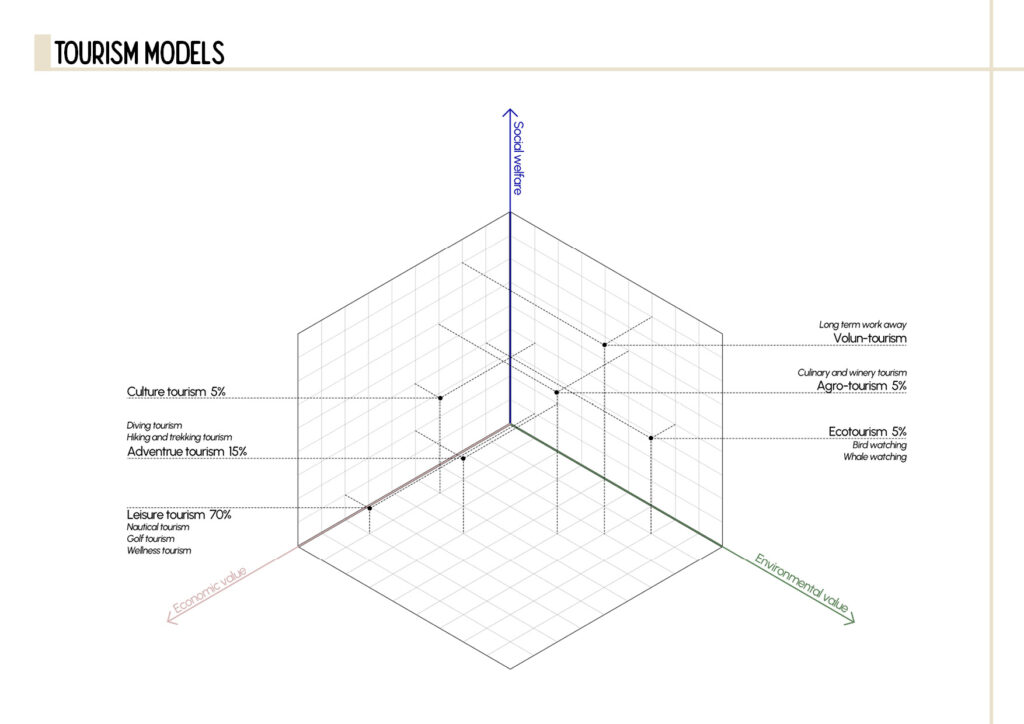
The tourism model has been evolving and has already different variations, but each of them has different environmental values, economical values and social welfare. Leisure tourism is the most wide adapted tourism model in Balearic islands, consists 70% of the market share, including the nautical tourism, golf tourism and wellness tourism. Other tourism models are having much less market share in the islands but they have much different values.
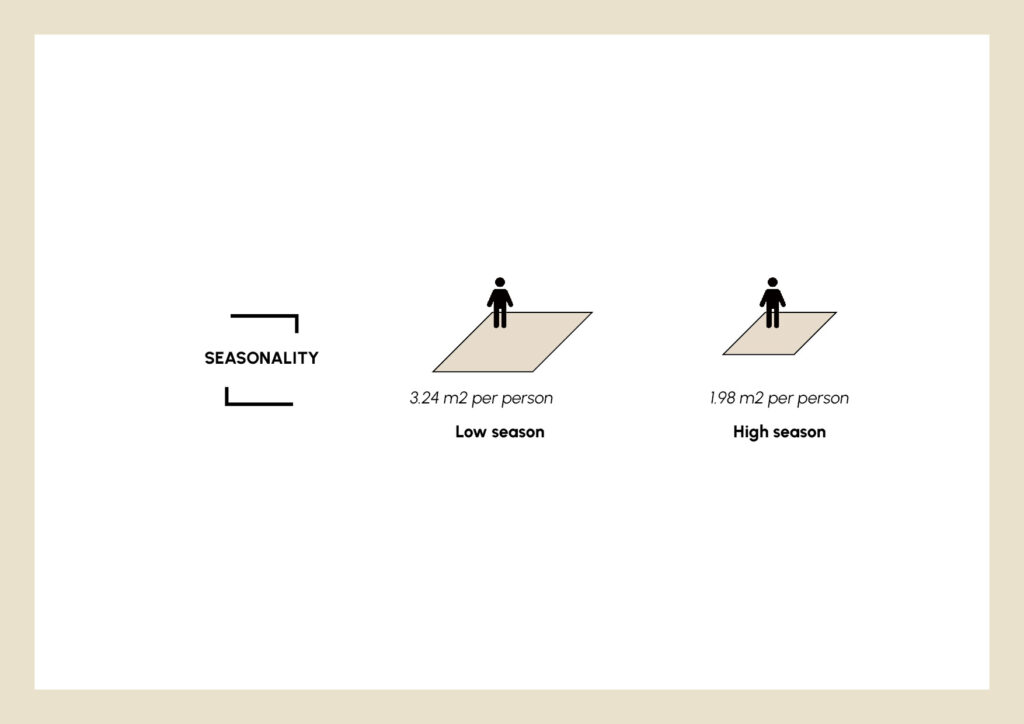
Seasonality is another issue that the local government trying to deal with. High seasonality has been given the local resident high pressure during the high season but much less work during the low season, and also high environmental impact during high season.
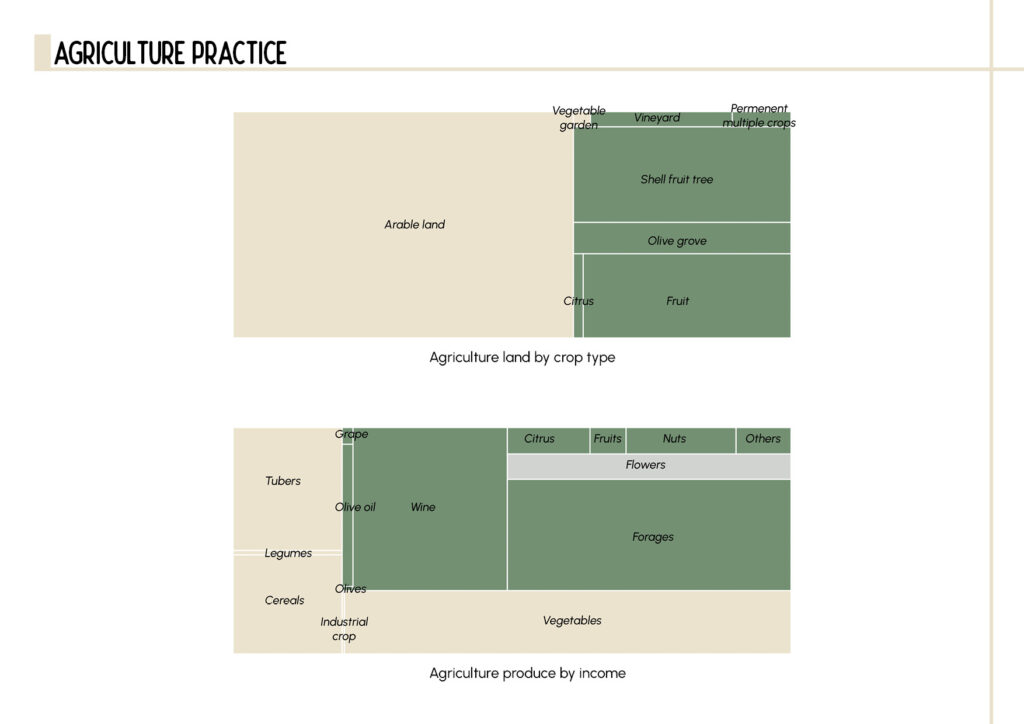
On the other hand, the agriculture sector has much less attention in the islands. The most famous agriculture produces in the Balearic are olive oil, almond and citrus fruit. But compare to the economic income, winery and vineyard have more average income per hectare.
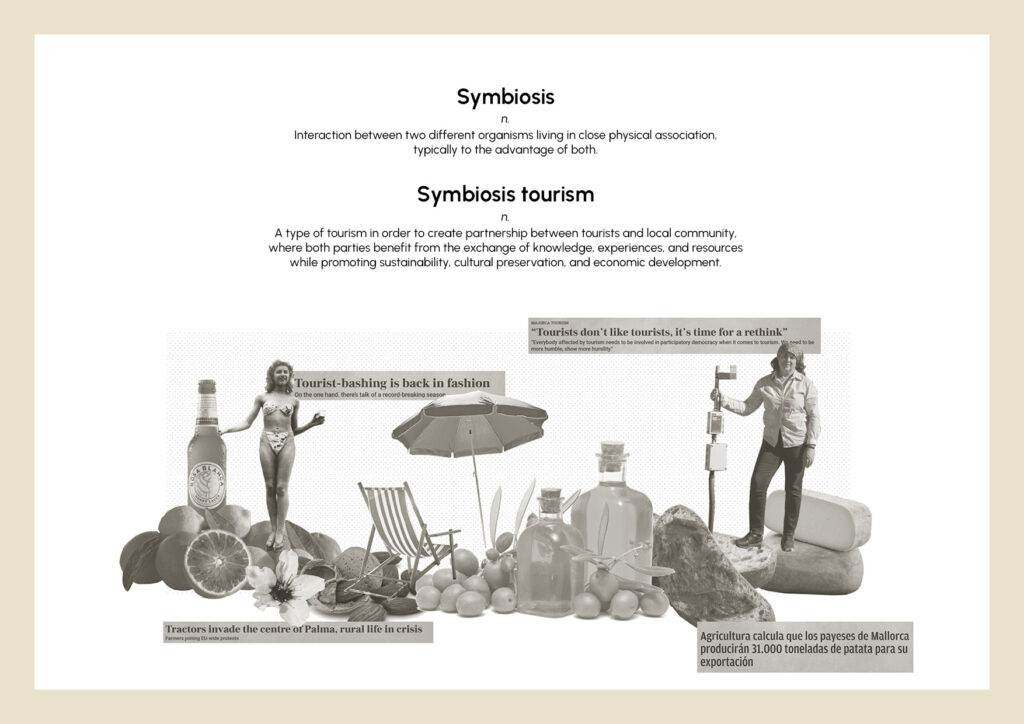
The tourism sector and agriculture sector are the most important sectors in the islands. Each sector has its own problems, for instance the local anti-tourism movement has been going on for years; the agriculture produce still goes to export despite the fact that the islands are already facing resource sacristy issues. Furthermore, the two sectors barely talk to each others.
Hence, I want to propose the concept of symbiotic tourism, which focusing on creating a partnership between tourists and local community, where both parties can benefit from the exchange of knowledge, experiences and resources.
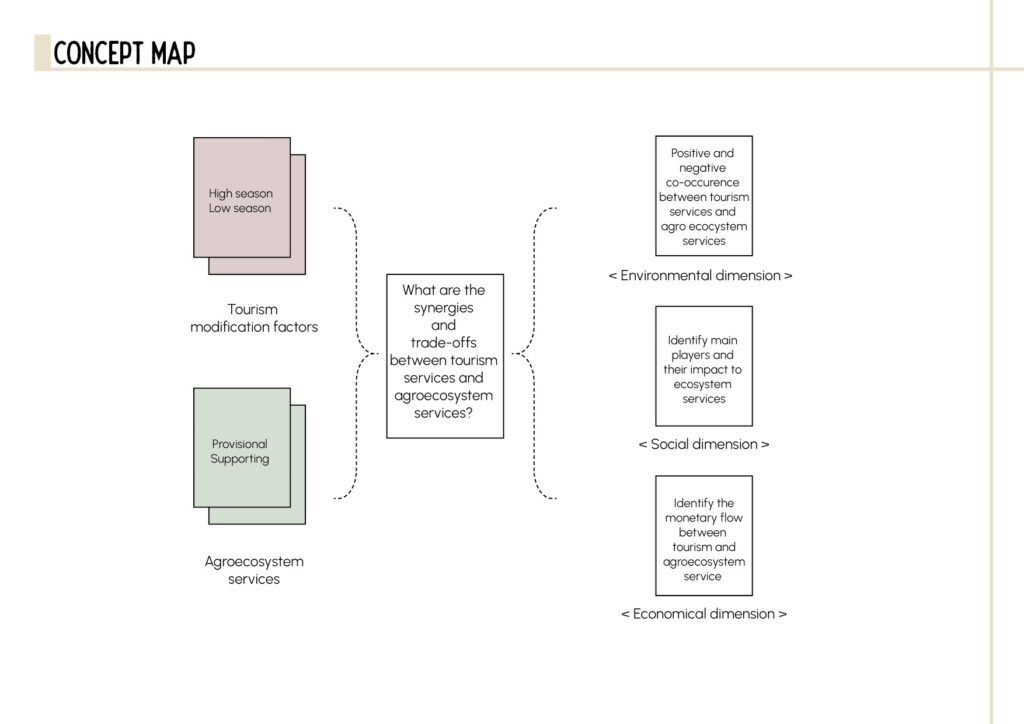
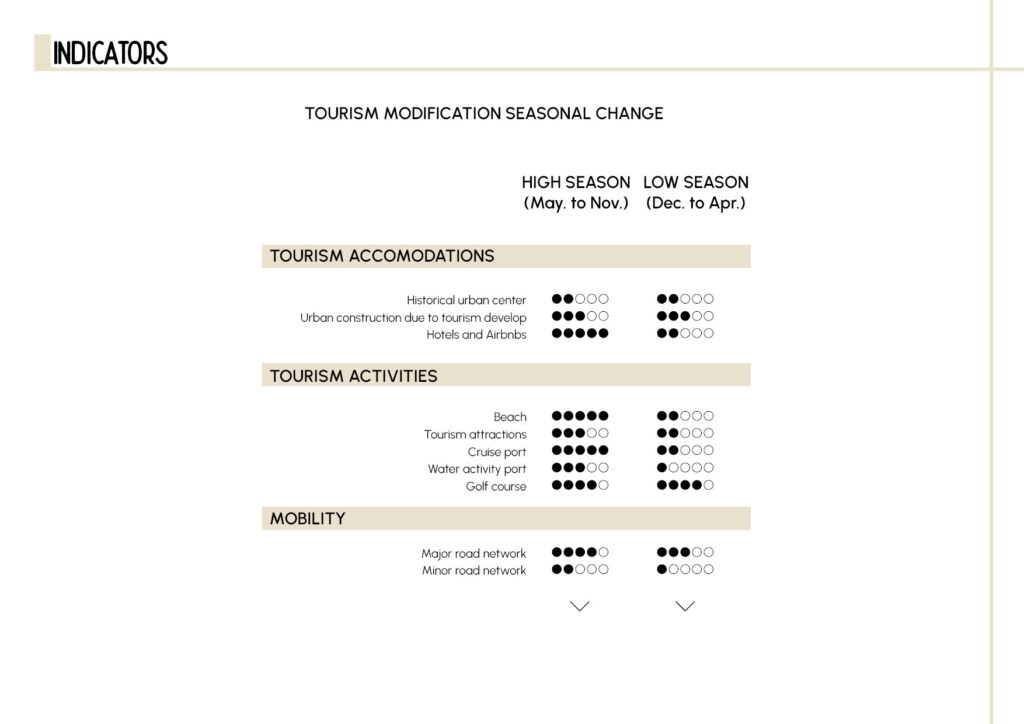
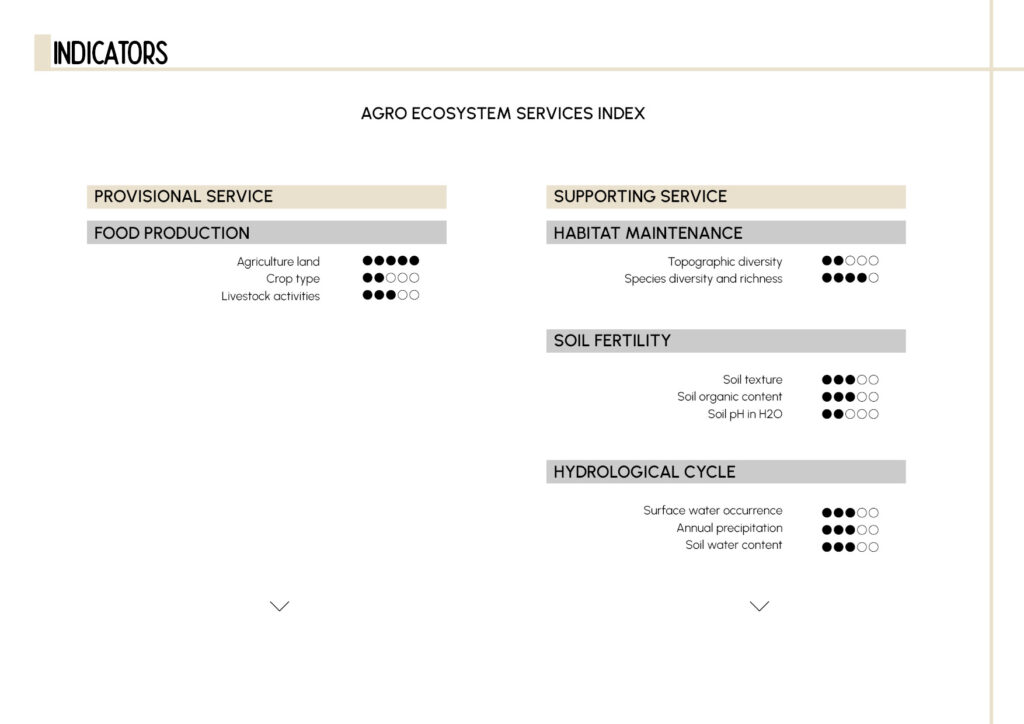

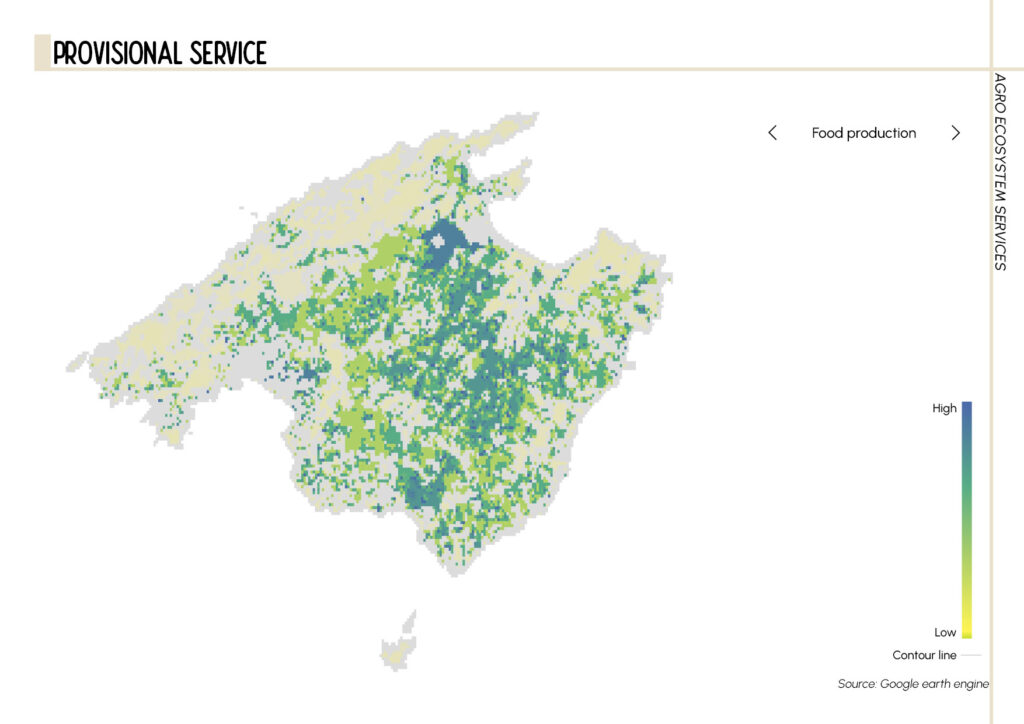
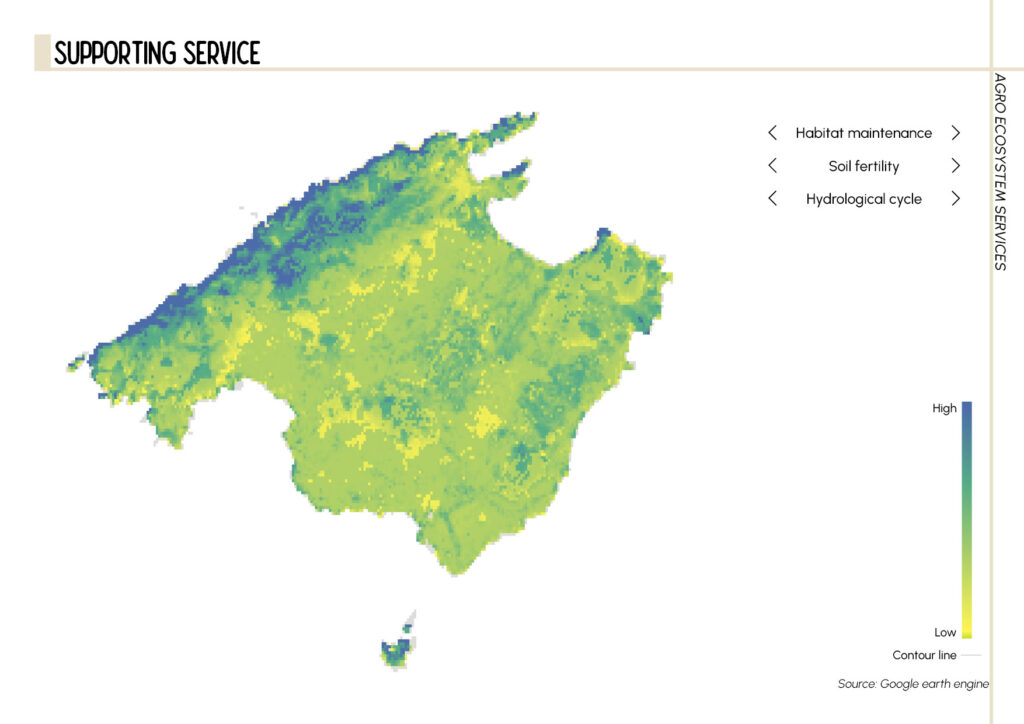

By comparing to the median, I have identified the area with high tourism modification, high provisional services and high supporting service areas. And then we can find the provisional service has some overlapping with high tourism modification areas, which means tourism can co-exist with food production activities, however, the supporting service has much less overlapping which means tourism and the supporting services might have some trade-offs.
This lead me to think about the driver behind. The biggest one is the Natura 2000 protected area, which is the protected area network with EU. It set up a policy framework to protect the landscape and biodiversity within the network.
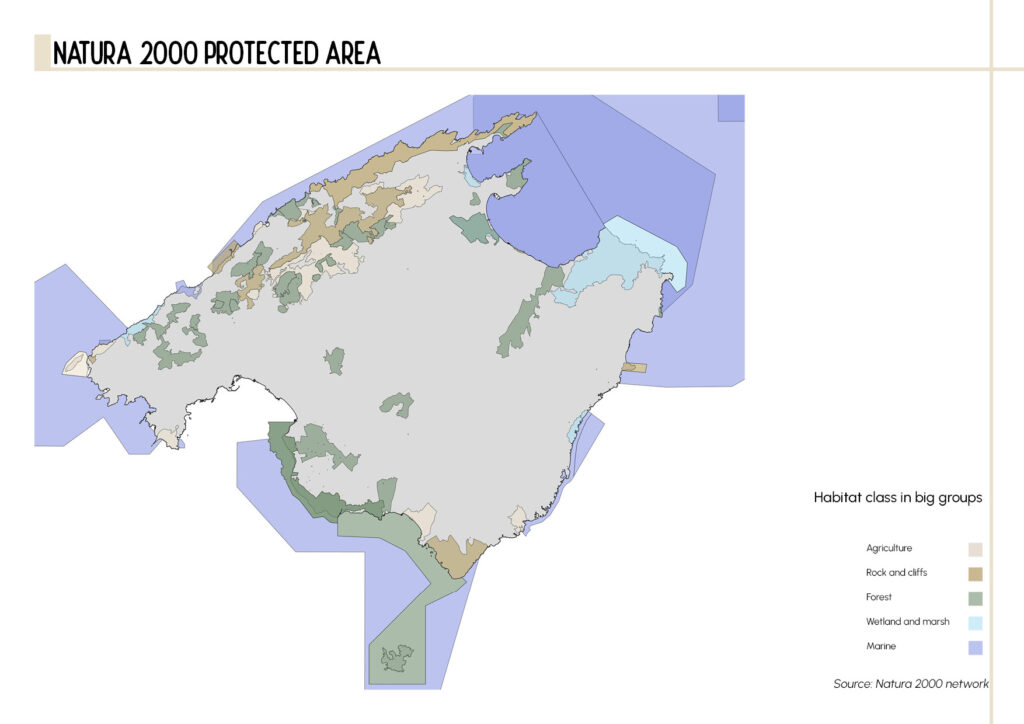
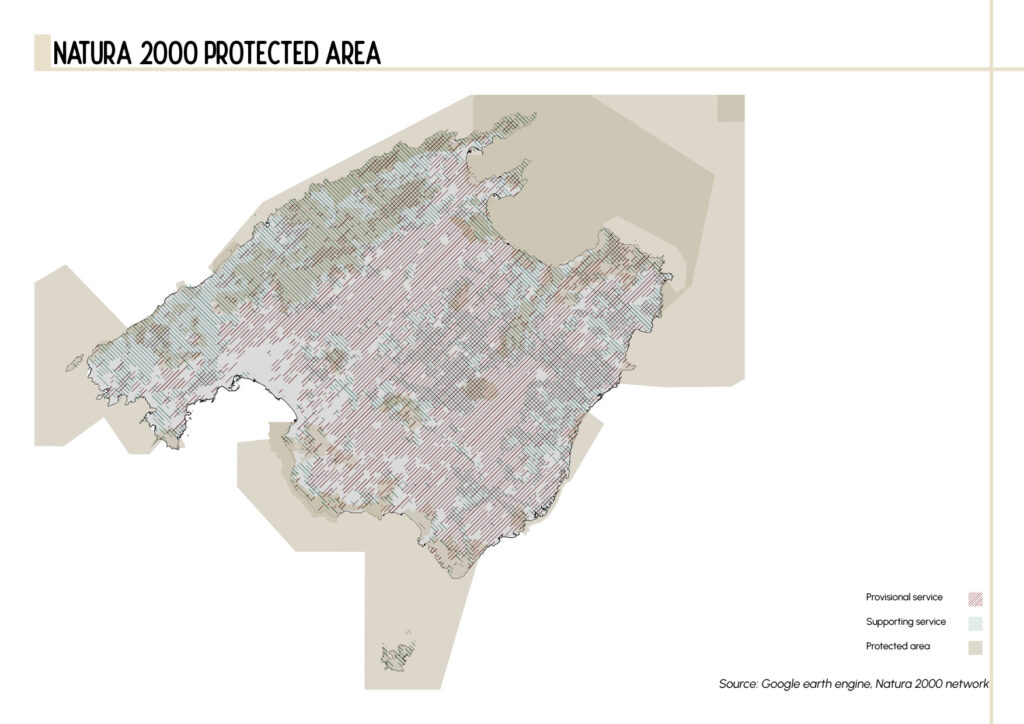
By overlapping the two ecosystem services and the protected area, we can identify some area with high provisional service and high supporting falls outside of protected areas.
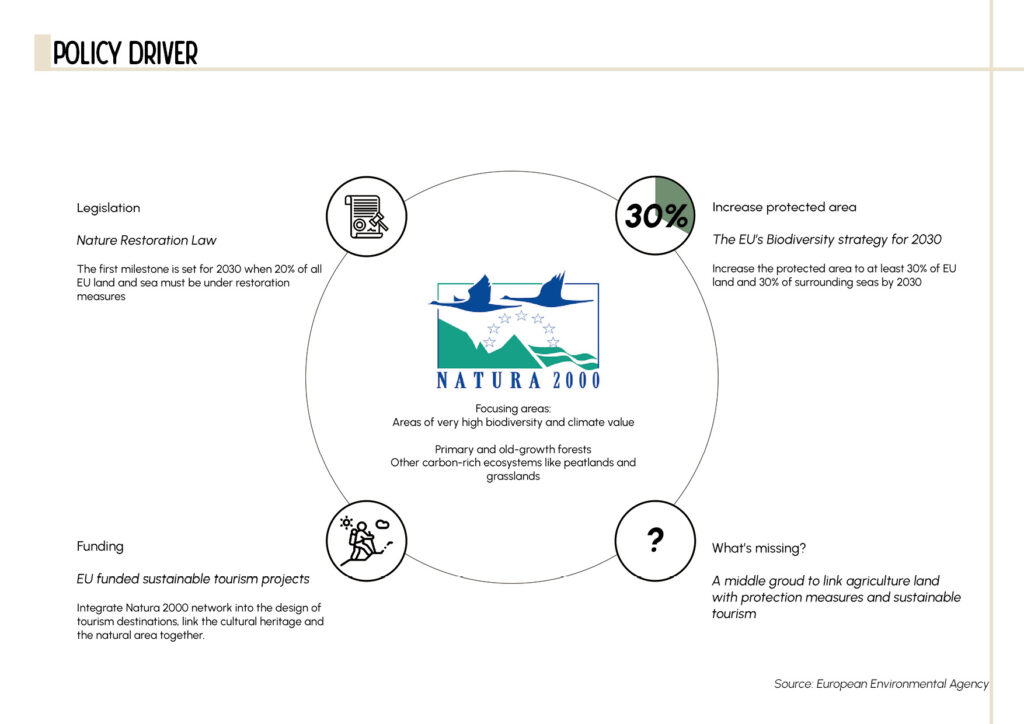
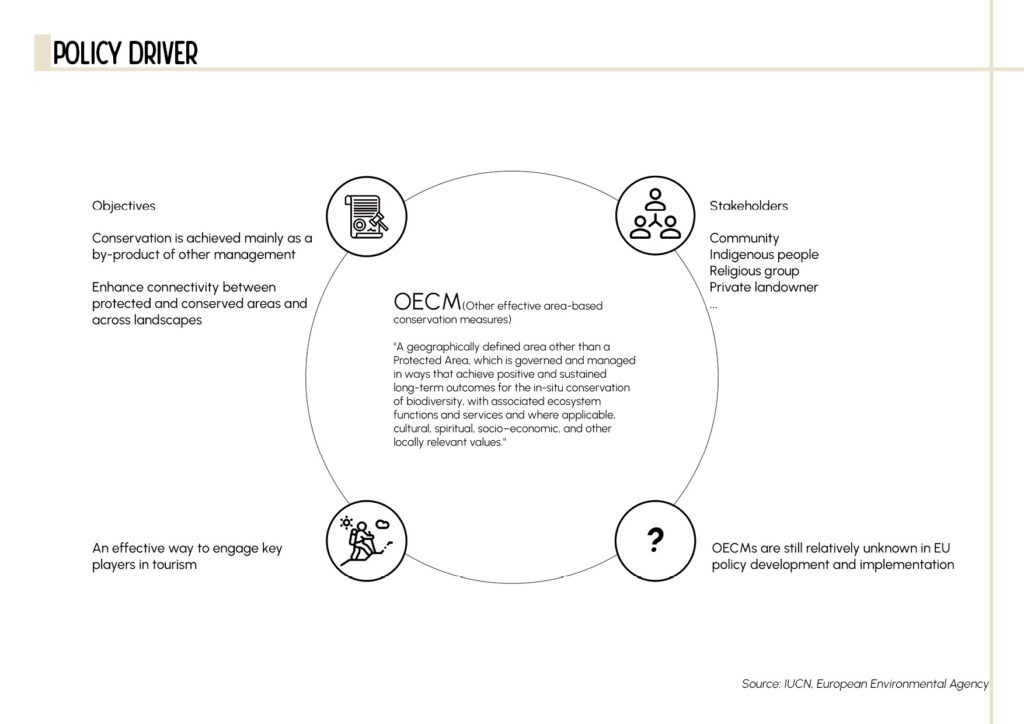
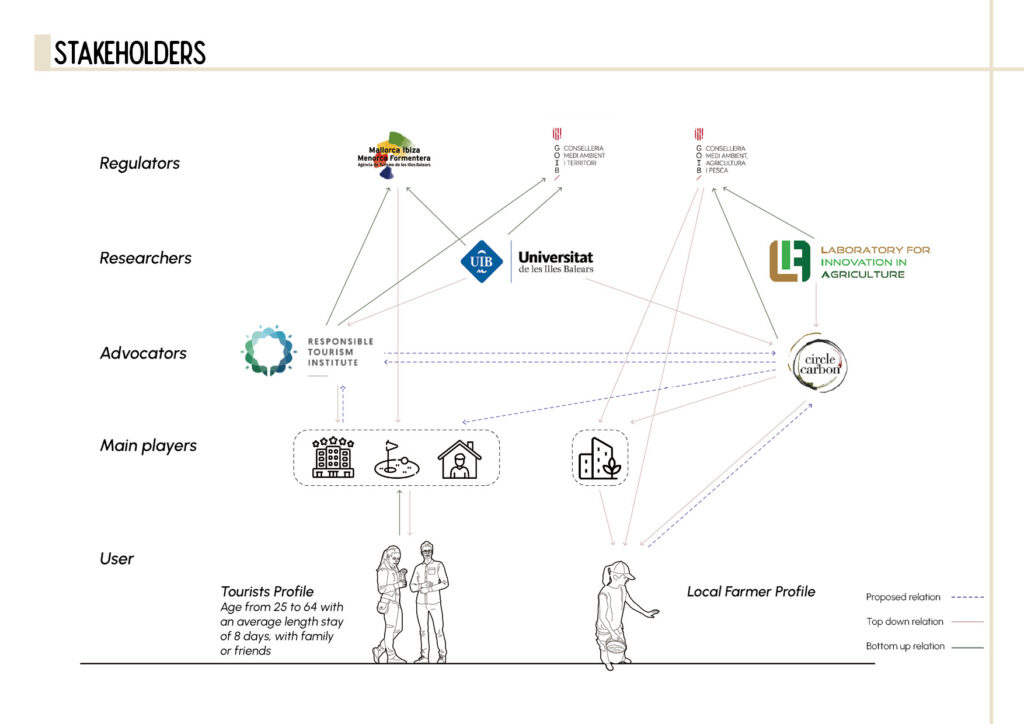
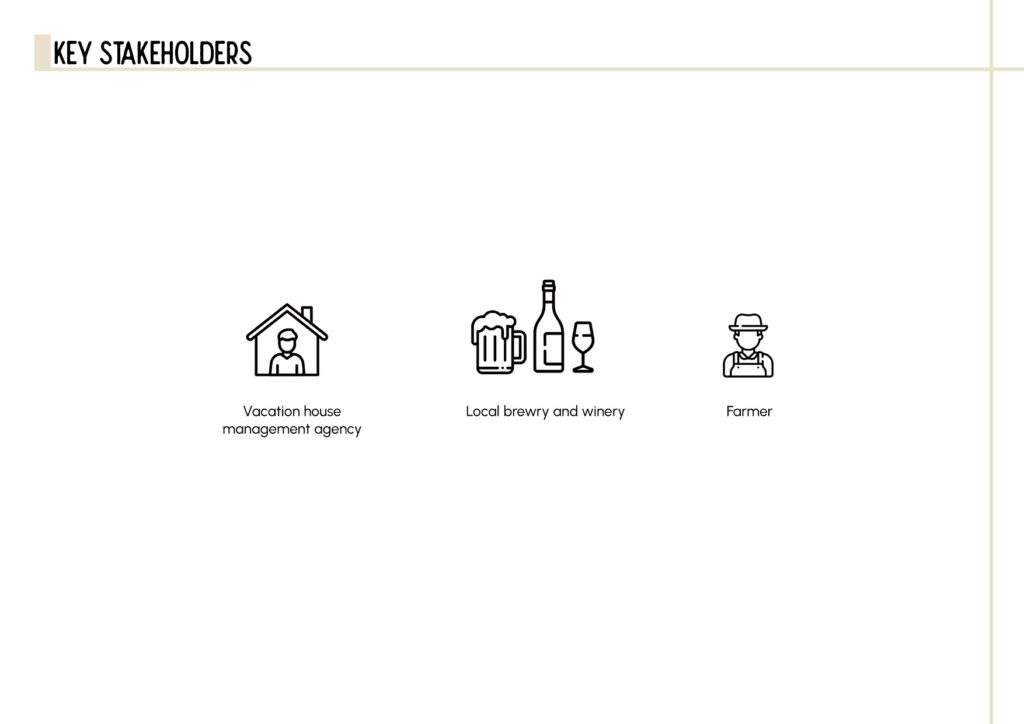
It won’t be possible to engage the tourists without engaging the key stakeholders. Here I have identified three main players in the island, which are the vacation house management agency, local brewery and winery, and farmer. The island is also famous for its night life atmosphere, tourists consume large amount of alcoholic drinks and pay for wine tasting trips. Other farmer seems to have the least connection with tourists but they produce goods for everyday basis which are also important for tourists.
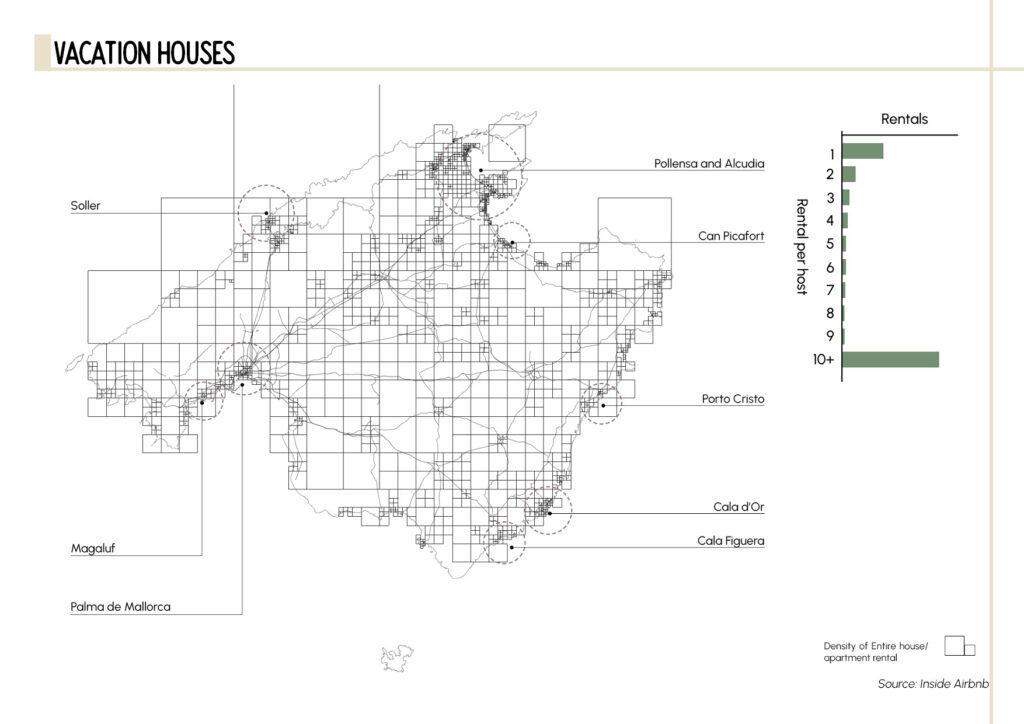
The vacation houses are mostly located along the coastline, and more than half of the houses are managed by business rather than individual. (Considering the hosts from airbnb who have more than 10 entire house/apartment rentals as business. ) It would be a more efficient way to engaging the vacation property managers and further engaging individual tourists since they directly control the resources and have direct connection with tourists.

